Things You'll Need
Small bowl
Sugar
Spoon
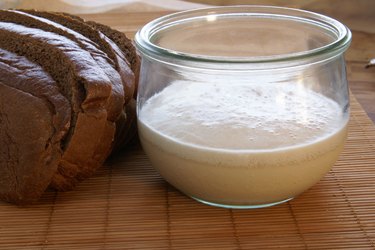
When using active dry yeast in bread recipes it is important to activate or "proof" the yeast before use. This allows the yeast, which is a living organism, to develop and grow prior to its incorporation into the bread. Active yeast is essential in order for your bread to rise, because it consumes sugars in the flour and produces carbon dioxide "bubbles." Activating yeast only takes a few minutes and will let you know your yeast is alive and your bread will rise. Old yeast may not proof and prevent your bread from rising.
Step 1
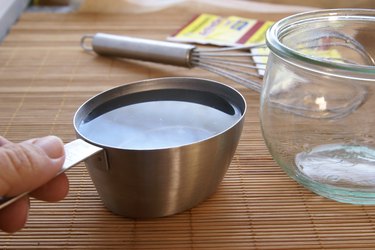
Measure out the amount of water called for in the recipe or on the yeast's label in a liquid measuring cup. The water should be lukewarm. Yeast activates best in water that is between 90 and 110 degrees in temperature, so the water should feel warm on your skin but should not be so hot that it burns.
Video of the Day
Step 2
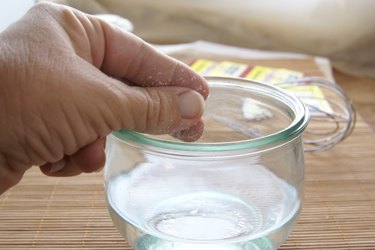
Add pinch of granulated sugar and stir with a spoon until it has completely dissolved.
Step 3
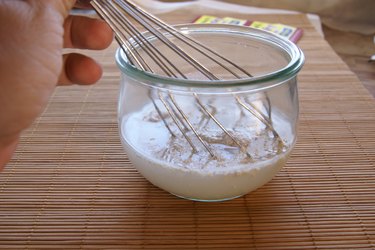
Sprinkle the active dry yeast over the top of the water. Incorporate the active dry yeast into the water by stirring well. The yeast should dissolve somewhat, turning from yeast granules to a semi-dissolved pasty texture.
Step 4
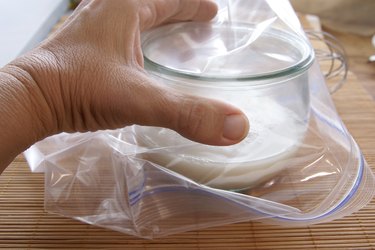
Cover the container with plastic wrap and set aside for approximately 10 minutes. When the yeast has become bubbly and/or foamy, it is active and ready for use in your bread recipe.
Tip
If yeast does not bubble in 10 minutes, try again with water that is less warm. If it still doesn't bubble the yeast is old and fresh yeast is needed. While the yeast is activating, set up the rest of the ingredients for the recipe to save time.
Warning
Water that is too hot will kill the yeast. Make sure the water is not hotter than 110 degrees. Check with a thermometer if you want to be sure.
Video of the Day